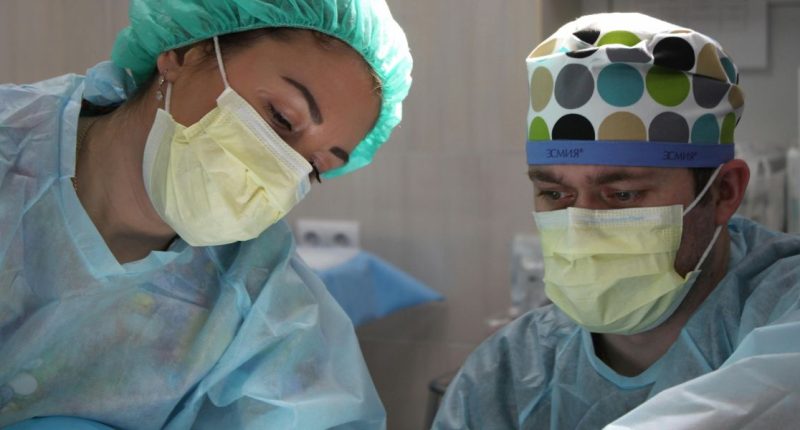Ozempic has triggered an increase in the number of people undergoing plastic surgery over the past year, new figures have shown.
Plastic surgeons have revealed that more and more people who have experienced massive weight loss results after using Ozempic are now turning to cosmetic treatments to fix their ‘melted candle’ bodies.
New data from the British Association of Aesthetic Plastic Surgeons (BAAPS) has revealed that all cosmetic procedures are on the rise due to Ozempic, with thigh lift operations being one of the most popular.
Thigh lift operations have risen by 24% over the last 12 months, figures have shown. Otherwise known as thighplasty, a thigh lift is a cosmetic surgery procedure designed to remove excess skin and fat from the thighs, resulting in a firmer, smoother, and more contoured appearance.
- Experimental weight-loss jab is 5 times more effective than Wegovy and Ozmepic
- Retatrutide: How it Works, Evidence, Side Effects
A tummy tuck is also popular among people who have lost weight with Ozempic and now left with sagging skin.
Thighplasty and tummy tucks are associated with common health problems, such as blood clots and infections.
People on weight loss jabs are also at risk of developing ‘Ozempic face’ – a dramatically sagging, prematurely aged face.
To fix Ozempic face, a higher number of people are now undergoing brow, eye and facelifts, the data has reported.
By using Ozempic, people can lose up to a quarter of their bodyweight and improve their overall health.
However, a lot of people are unhappy with the appearance after the rapid weight loss, with many being left with sagging skin on the body, empty breasts and buttocks and hollow-looking faces.
Skin does not snap back after it has been significantly stretched over time, leaving people with sagging skin.
- Stricter rules for online pharmacies selling weight loss jabs
- Boosting GLP-1: how to increase GLP-1 levels naturally
Having huge amounts of loose, excess skin can put people at risk of developing infections and mobility issues, experts have said.
Consultant plastic surgeon Dr Johnny Franco said: “GLP-1s are a new gateway drug for aesthetics — we are seeing a whole new sub-group of patients with skin issues at a very young age.”
Dr Nora Nugent, consultant cosmetic surgeon and President of the BAAPS, said: “I am seeing more facelift patients who have seen the effects of weight loss in their face and necks whilst on GLP-1 receptor agonists such as Ozempic and Mounjaro to manage their weight.
“However, I think this contributes to rather than accounts for all the increase in facial rejuvenation surgery that we have seen.”
Overall, breast augmentation is the most popular cosmetic surgery, with roughly 5,200 women undergoing the operation in 2023.
In comparison, breast reduction is the second most popular procedure in 2023, with 4,707 women having the operation.
- Research suggests GLP-1 and SGLT2 diabetes medications may reduce dementia risk
- Most adults stop GLP1 therapy within a year
A total of 248 men also had a breast reduction in 2023 to get rid of their ‘moobs’. For men, rhinoplasty and eyelid surgery are the most popular plastic surgery operations.
Dr Nugent said: “I am also seeing more patients who have reached the limits of what non-surgical treatments can do and want a natural appearing long-lasting rejuvenation.”
Anthony Macquillan, Vice President of the BAAPS, said: “Post-COVID, we’ve observed a shift in patient priorities, with a greater focus on both mental and functional health.
“This may explain the rise in procedures like abdominoplasties and breast reductions, which offer both physical and psychological benefits.”
He added: “At the same time, the increase in facelifts could be linked to societal changes, such as the rising pension age and the desire to remain relevant in the workplace.
“For many, this type of surgery is not just aesthetic but also functional helping to maintain confidence, secure employment, and reduce anxiety associated with age-related bias.”







